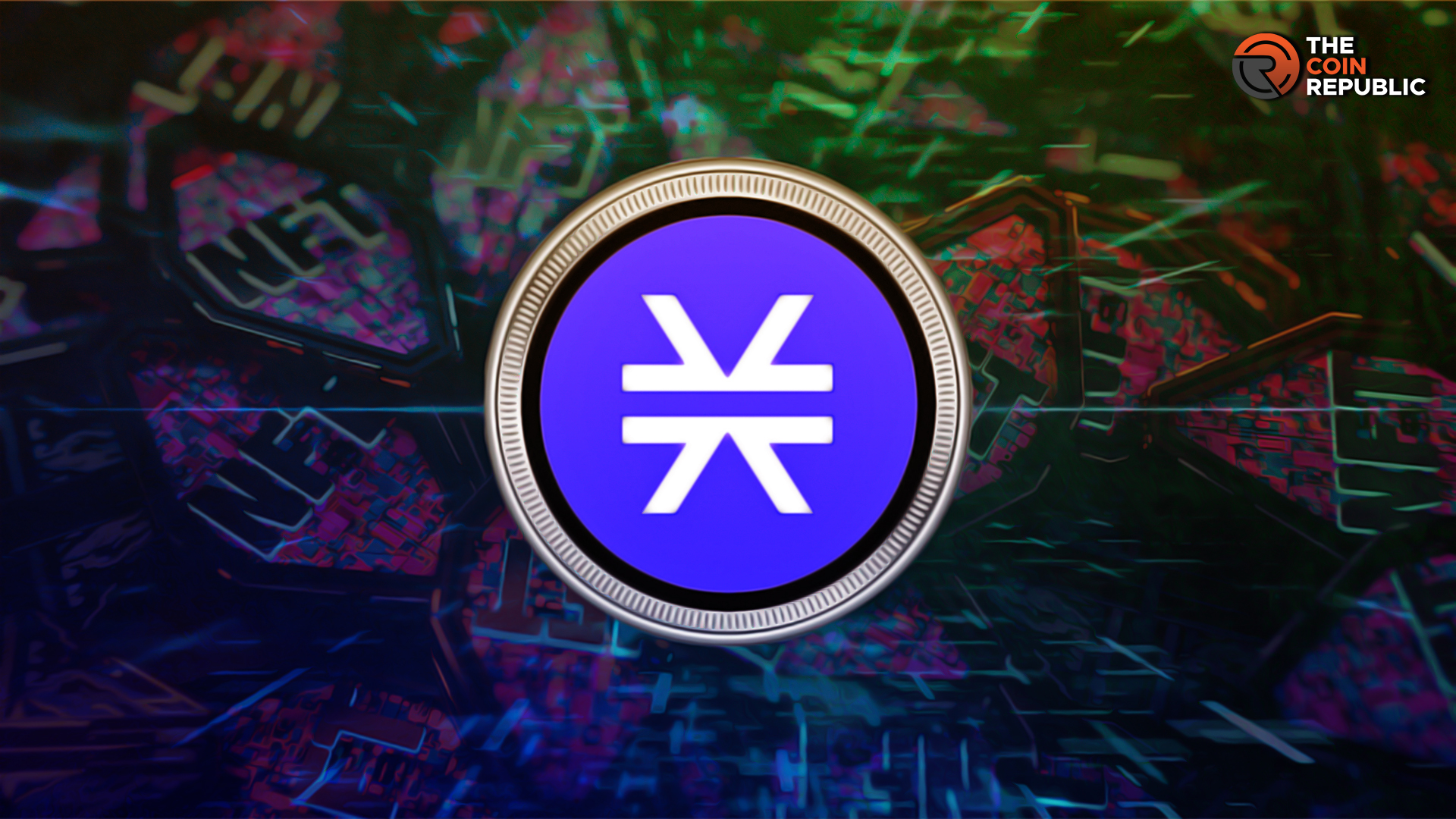
NFTs, or non-fungible tokens, have revolutionized the world of collectibles and art by making the history of ownership transparent and accessible. These unique digital assets have gained significant popularity in recent years due to their ability to authenticate and track ownership, making them valuable in the world of digital creativity.
One of the key characteristics of NFTs is the immutability of their metadata. This means that once a piece of art or collectible is tokenized as an NFT, its ownership history and other relevant information cannot be altered or tampered with. This is made possible by the reliability and durability of the underlying blockchain technology.
While NFTs originated on Bitcoin, it was the introduction of Ethereum and its smart contract capabilities that propelled the growth of NFTs. Ethereum’s smart contracts allow for more expressive and versatile programming, making it a more secure and robust blockchain for NFTs.
However, in recent times, the Stacks blockchain has made significant developments in the NFT space. Stacks has introduced two major advancements that set it apart from other blockchain platforms. Firstly, it supports a new smart contract language called Clarity, which enhances readability and flexibility while also minimizing the risk of potential attacks compared to existing languages.
Secondly, every transaction on Stacks is stored on the Bitcoin blockchain. This hybrid approach combines the security and reliability of the Bitcoin blockchain with the expressive capabilities of smart contracts on the Stacks platform. As a result, Stacks has become a popular choice for creating and evolving NFTs, leading to the emergence of unique digital assets like Birds, Apes, and Minkies.
Stacks also offers easy access to data through its API, which indexes all blockchain data in a Postgres database. This accessibility is particularly valuable for stack developers, NFT creators, and other users building applications on the Stacks blockchain. These applications can include DEFI protocols, marketplaces, and on-chain analytics tools, among others.
In recent developments, Stacks has introduced three new NFT endpoints. The first is the NFT history endpoint, which provides trading history and a list of owners for a specific NFT. The second is the NFT holding endpoint, which allows users to retrieve data about the NFT owner’s address or smart contract and filter information based on collections. The third is the NFT mint endpoint, which provides information about the number of minted NFTs and how many are still available in a collection.
Looking ahead, Stacks has outlined several plans to further enhance its NFT capabilities. These include NFT Socket Updates, which will enable users to subscribe to real-time events that affect specific NFT assets. This will eliminate the need to query a database and provide up-to-date information on NFT changes. Additionally, Stacks plans to implement Statics Endpoints and Open API Improvements to enhance the overall user experience.
In conclusion, NFTs have revolutionized the world of collectibles and art, providing a transparent and secure way to authenticate ownership. While Ethereum has been a popular choice for creating NFTs, the Stacks blockchain has made significant advancements in the space by introducing a new smart contract language and hybrid approach with the Bitcoin blockchain. These developments have opened up new possibilities for NFT creators and users, making Stacks a platform to watch in the evolving world of digital creativity.






